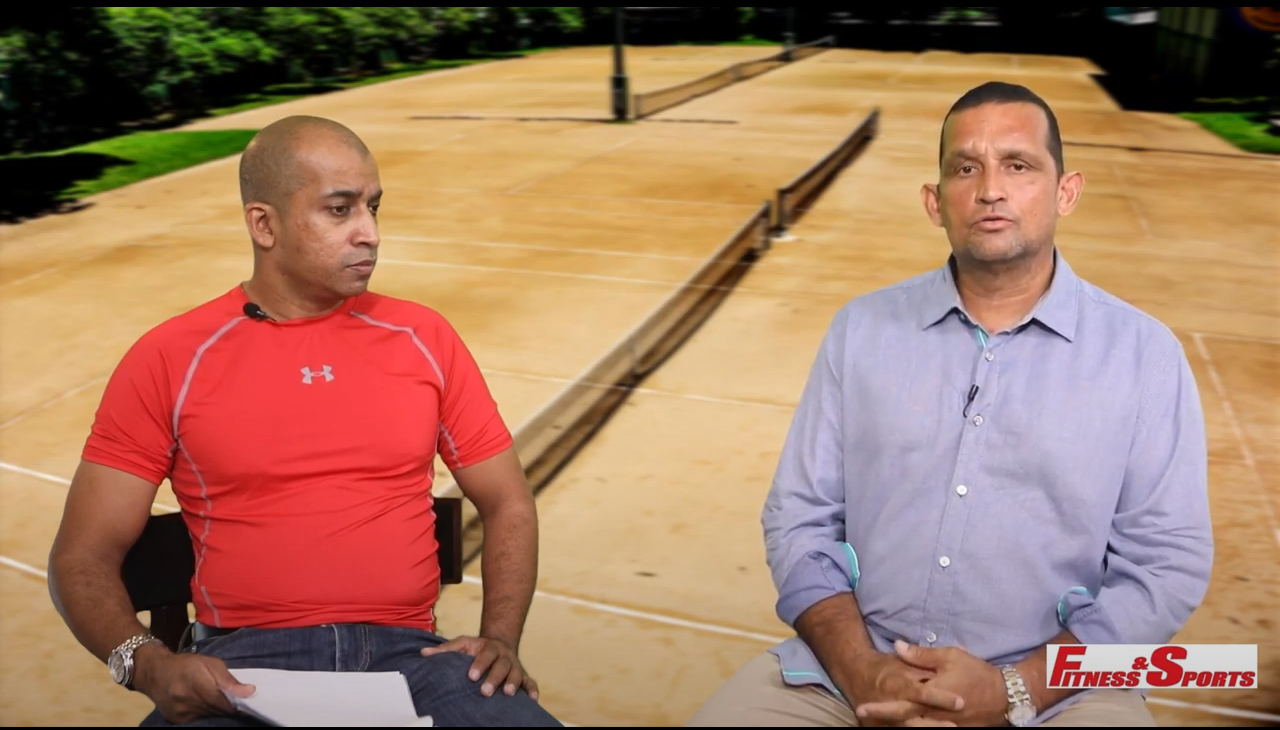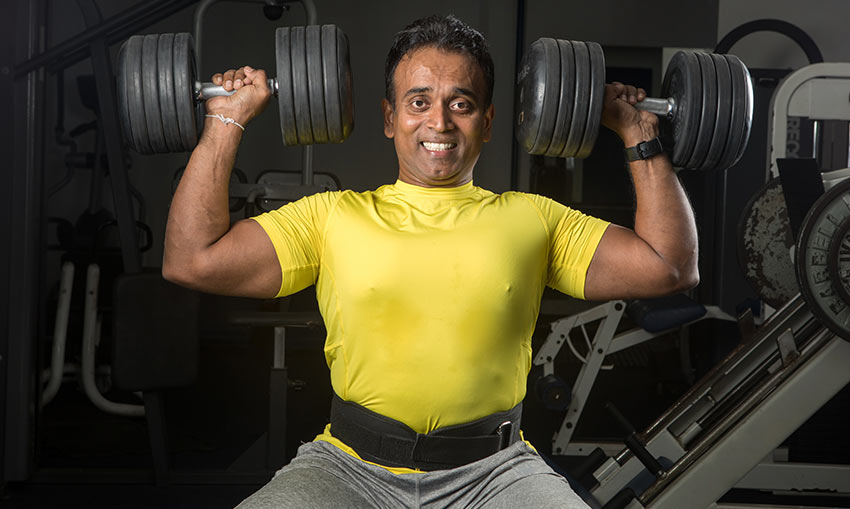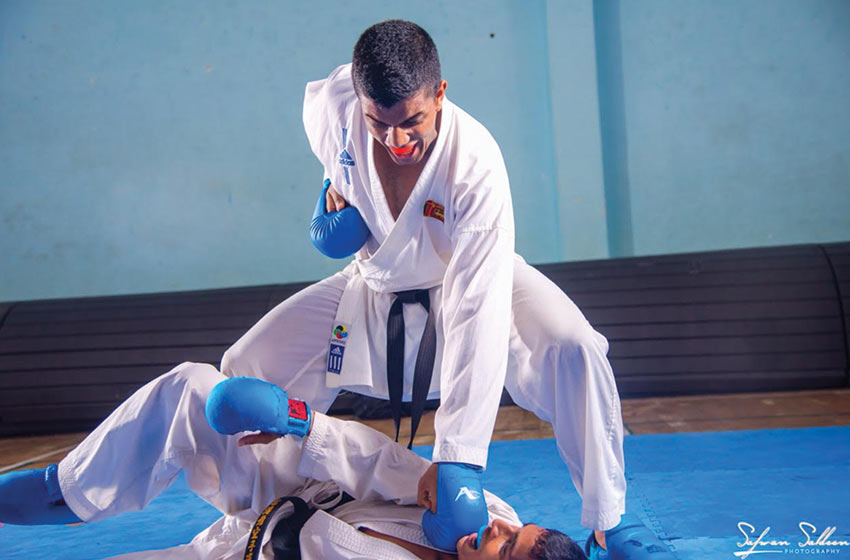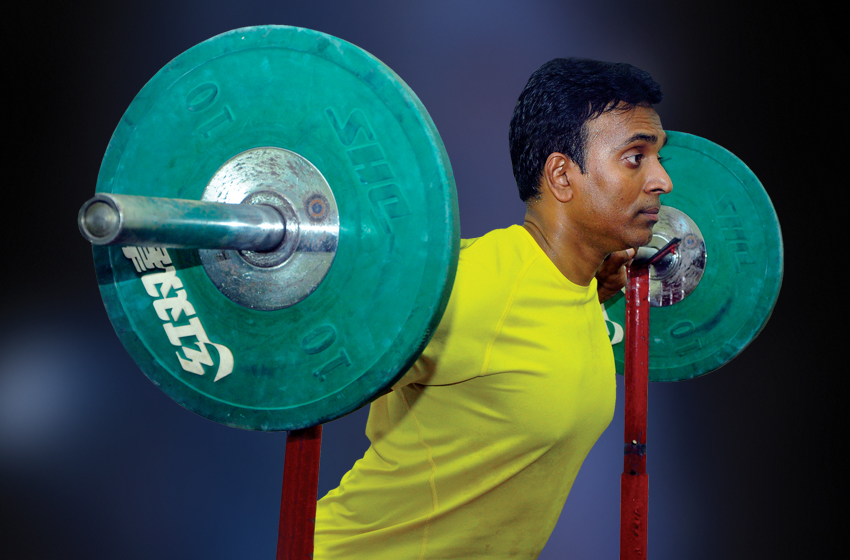
Warning: Illegal string offset 'single_ad_position' in /home/fitnessandsports/public_html/wp-content/themes/vinkmag/vinkmag/core/hooks/blog.php on line 187
Squatting is a natural human movement and people have been squatting since the hunter gatherer days. Every time we need to pick something from the ground we need to squat to do so. Ayurveda physicians recommend squatting for good bowel movement. Squatting is a part and parcel of our day to day living so it is important to learn how to squat correctly and strengthen the muscles required to squat to prevent injury.
For those who wish to build a powerful and strong body then squatting is one of the primary exercises that need to be done correctly. Athletes require explosiveness for sprinting, jumping, pulling, pushing and lifting.
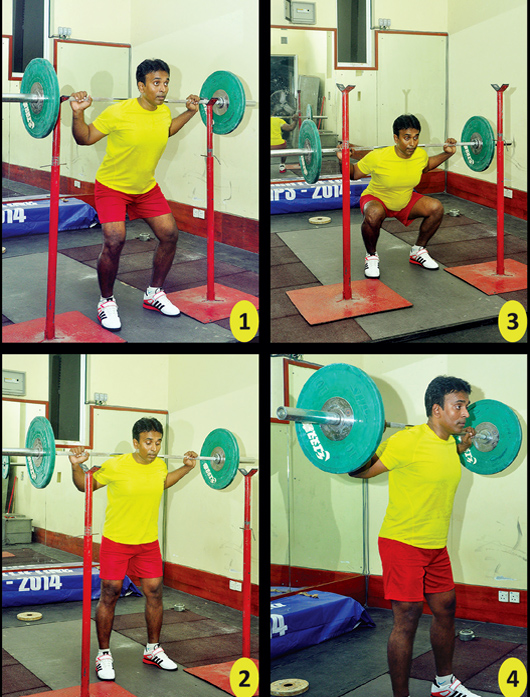 To perform these activities successfully the squat is one of the staple exercises.
To perform these activities successfully the squat is one of the staple exercises.
The squat holds the following benefits:
- Increases leg strength
- Builds leg muscles
- Triggers the release of testosterone and human growth hormones, which in turn leads to overall muscular strength
- Strengthens both the lower and upper body
- Improves ankle, knees and hip flexibility
(Especially important for athletes to prevent injury)
Primary muscles worked during the squat:
Quadriceps:
- Rectus Femoris (middle head)
- Vastus Intermedius (centre)
- Vastus Lateralis (outer head)
- Vastus Medialis (inner head)
Secondary muscles worked:
- Erector Spinae (lower back)
- Gluteus Maximus (buttocks)
- Hamstring :
Bicep Femuris, Semimembranosus, semitendinosus. - The abdominal muscles are also exercised during the squatting motion.
Quadriceps, are the biggest muscle group in the body and that is why they should be the strongest. If the quads are not as strong as muscles in the upper body then there will be back injuries. For someone who has not started any resistance exercise yet, they should begin with the squat before doing any other exercise. Strong quads give the overall strong, physical look. If the quads are strong then the other muscles will get stronger. If only the other muscles are worked out and the quadriceps are neglected then further growth for those muscles become limited.
Squatting improves the communication between the brain and other muscle groups due to the large range of motion of the exercise. This is why overall body balance is improved due to this exercise. It should be noted that squatting strengthens any weak muscles, ligaments, and tissues which helps prevent injuries. Anyone can perform the squat. The free squat is performed without any weights.
Execution Of The Free Squat (Without Weights)
Stance
- Legs shoulder width apart with toes pointing forward. Eyes looking straight ahead, keep the back straight and tighten your back and abdominal muscles.
- Go down slowly until your thighs are parallel to the floor. Always keep your body weight on your heels and do not lift your toes. Your eyes should remain fixed towards the same point as when you started.
- Now push upwards from your heels to the start position.
Barbell Back Squat
It is important to warm up for 5 to 10 minutes by doing a speed walk or slow jog. The idea is to get the heart pumping and the body ready for weight lifting. After warming up do basic full body stretching exercises. Then proceed to the squat rack to begin. When you get under the barbell, tighten your shoulders and back muscles.
After lifting the bar let it settle on your trapezius and posterior deltoids as shown in the photo. Take 2 or 3 steps back (First step should be the smallest step)
Pause for a second to let your body get used to the bar and to let the weight plates settle. Make sure your gripping the bar according to your own comfort width. Elbows should be pointing downwards and feet shoulder width apart with your toes open slightly. Arch your back like in the photo, tighten your abdominals. If you are wearing a weight belt then let your abs push the belt and your back will naturally tighten. Look in front and keep your chest out.
let your abs push the belt and your back will naturally tighten. Look in front and keep your chest out.
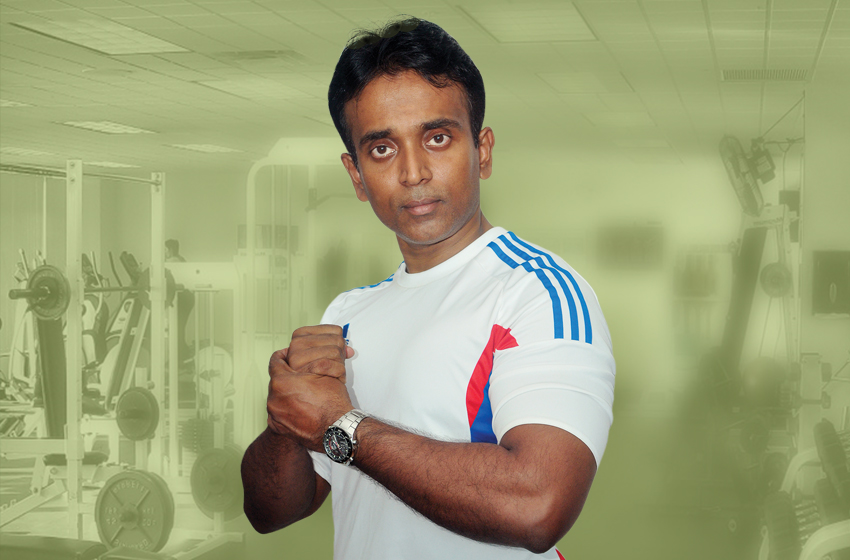
Warning: Illegal string offset 'single_ad_enable' in /home/fitnessandsports/public_html/wp-content/themes/vinkmag/vinkmag/core/hooks/blog.php on line 204
Warning: Illegal string offset 'single_ad_position' in /home/fitnessandsports/public_html/wp-content/themes/vinkmag/vinkmag/core/hooks/blog.php on line 205

